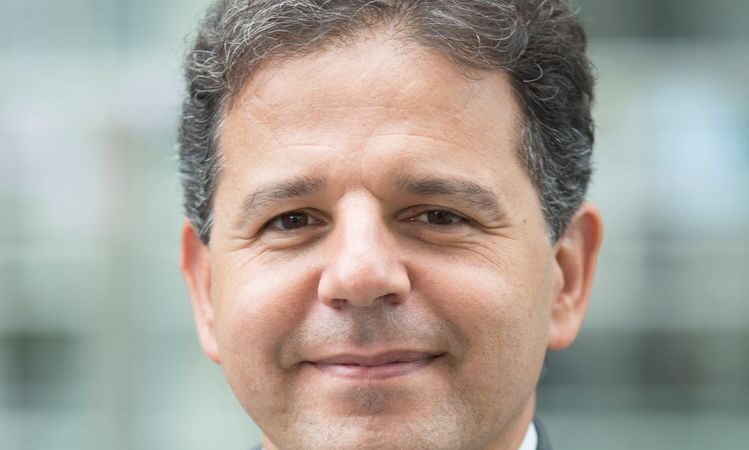
The chief executive of M&G’s asset management business has urged dialogue between global watchdogs to ensure a consistent regulatory framework for fund tokenisation, after the UK government last year backed an industry-led blueprint on how funds can adopt blockchain technology.
In November, the technology working group of HM Treasury’s Asset Management Taskforce — chaired by Legal & General Investment Management CEO Michelle Scrimgeour — outlined its roadmap for UK authorised investment funds to begin adopting distributed ledger technology.
The blueprint was given the green light by the Financial Conduct Authority, paving the way for UK funds to begin implementing tokenisation, allowing shares or units in an investment fund to be digitally represented and traded and recorded on a distributed ledger, similar to the technology used for crypto and digital assets.
HSBC last year estimated that digital assets could represent as much as 10% of global assets under management by 2030, equivalent to a value of between $4tn and $5tn.
However, Joseph Pinto, CEO of M&G’s fund management business, said the approach to fund tokenisation needed to be consistent if asset managers and investors were to benefit.
“Regulators need to speak to each other to make sure regulation looks the same across multiple countries in the way tokenisation is applied,” said Pinto, whose firm had three participants on the Treasury task force.
“What we don’t want is a situation where the UK is going one way and other countries are going their own way. That could risk it losing scalability.”
READ Abrdn unveils tokenisation for £16bn flagship fund
The UK blueprint provides a baseline model for tokenisation, which can be implemented immediately and used within the UK’s existing legal and regulatory framework.
Funds authorised by the FCA can use the approach if they meet certain criteria, such as investing in mainstream assets and continuing to provide valuations and settlement through the same processes and timeframes.
While the approach would allow some consistency between mainstream and tokenised funds, the latter would use distributed ledger technology for sales and redemption transactions.
“It requires investment in technology and the whole value chain being involved, and also a good regulatory framework to make it happen. We want to make the UK more competitive as well as continuing to protect consumers,” said Pinto.
“We see an appetite for tokenised funds, mostly among private banks, who want to provide access to private assets to their clients.”
READ BlackRock’s Europe boss: We’re exploring digital assets in Emea
Some of the world’s largest asset managers, including BlackRock, have championed the potential for blockchain technology to revolutionise the sector.
Last year, Edinburgh-headquartered Abrdn tokenised one of its flagship money market funds, the first of its investment products to issue tokens since the asset manager acquired a stake in digital securities exchange Archax in 2022.
The two companies said they would work on other tokenisation projects, including a strategy where digital tokens can be transferred, held and managed using ledger technology.
Abrdn said at the time it would in future look to use this model across a range of its investment capabilities, in particular private markets where there is demand to fractionalise holdings and provide additional liquidity.
Meanwhile, Sandro Pierri, CEO of BNP Paribas Asset Management, previously told Financial News that the investment management group favoured tokenisation for its ability to improve the liquidity of some products.
Elsewhere, Schroders announced in July 2022 it had bought a minority stake in a blockchain and digital assets-focused asset manager Forteus in a move that it said could eventually allow it to offer tokenised funds to investors.
Want more on asset management? Click here for FN’s weekly newsletter
To contact the author of this story with feedback or news, email David Ricketts






